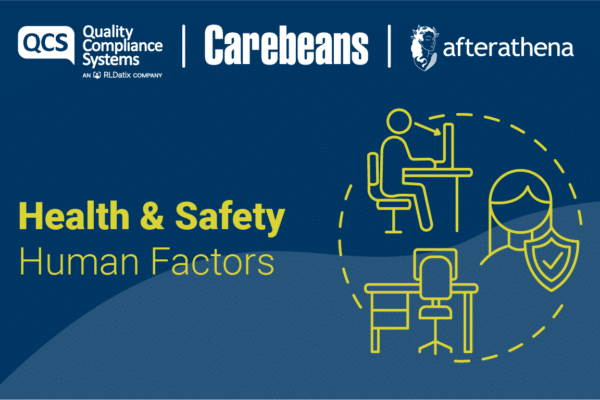 Introduction
Introduction
On a daily basis everyone worldwide carries out some activity that involves manual handling. From the moment we get up in the morning we are lifting, carrying and moving loads to some degree. On our way to work we are moving loads, such as lifting our briefcase into the car. By the time we have got to work we have done many different forms of manual handling from lifting, lowering, pushing, pulling and carrying loads and objects of various sizes and weight. These loads will likely be light and all part of our daily routine, but they are still a form of manual handling. At work, depending on the nature of the role, manual handling activities may increase. One example is a healthcare worker in a care home who has to support elderly residents who have limited ability. The healthcare worker may need to provide care such as helping an elderly resident to maintain personal hygiene. Manual handling activity in this example has increased considerably and the healthcare professional is at increased risk of a manual handling injury. This is evident in the health and safety statistics for 2013/14 which found that the Health and Social Care sector had the highest number of reported handling injuries which totalled 3,770. (Handling injuries in Great Britain, 2014)
What is manual handling?
Manual handling is the handling of loads – including people – by human effort. Manual handling in the workplace includes a wide variety of activities, such as lifting, lowering, pushing, pulling and carrying. The effort may be applied directly or indirectly, such as hauling on a rope or pulling on a lever. Introducing mechanical assistance – for example, a powered hoist – may reduce, but not eliminate, manual handling since human effort is still required to move, steady or position the load.
Manual handling related injuries can occur in almost any workplace, particularly where there is heavy manual labour, working in awkward positions or repetitive movements of the arms, legs and back. These injuries can have serious implications for the person who is injured and for the employer.
Manual handling injuries
Manual handling injuries can affect different parts of the body. They are not just limited to injuries of the back which can be the main common association. The areas of the body affected by manual handling are the upper limbs, the back and lower limbs (the affliction is known collectively as Musculoskeletal Disorders (MSDs)). Manual handling injuries can include muscle sprains, strains, trapped fingers, tears, cuts from sharp objects, pinched nerves or blood vessels, bone splintering, inflammation and degeneration.
Statistics
The UK Health and Safety Statistics Annual Report for Great Britain 2013/14 recorded that there were 17,085 over-seven-day reported handling injuries. There were also 1,490 major/specified reported handling injuries to both employees and the self-employed, and 44 enforcement notices with requirements quoting the Manual Handling Operations Regulations.
The high level of reported handling injuries results in staff being absent from work and a direct impact on the business. There were an estimated 9010,000 working days lost due to handling injuries with an average of 6.6 days lost for each handling injury. The effect on the worker is time off work, pain and, in some cases, loss of income. In extreme cases, people are unable to continue to work which leads to financial hardship. The business will also need to replace the workers which, even temporarily, will lead to higher costs.
Legislative requirements
The Manual Handling Operations Regulations 1992 require the employer to reduce the risks of injury from manual handling so far as is reasonably practicable. The first step is to eliminate the need to carry out the manual handling activities if possible. The Manual Handling Operations Regulations 1992 state:
4 (1) Each employer shall –
(a) so far as is reasonably practicable, avoid the need for his employees to undertake any manual handling operations at work which involve a risk of their being injured.
Where it is not possible to eliminate manual handling, the next step is to carry out a risk assessment on manual handling tasks that pose a significant risk. The Manual Handling Operations Regulations 1992 state:
4(1) Each employer shall –
(b) where it is not reasonably practicable to avoid the need for his employees to undertake any manual handling operations at work which involve a risk of their being injured –
(i) make a suitable and sufficient assessment of all such manual handling operations to be undertaken by them…
In my next article I will cover the manual handling risk assessment and the four main areas that need to be considered and assessed – task, individual, load and environment.
QCS Policies
QCS have manual handling guidance and policies to support your service in meeting the requirements of the Manual Handling Operations Regulations 1992.
Further information of the Manual Handling Operations Regulations 1992 can be found on at:
The Manual Handling Operations Regulations
Health and Safety Statistics, Annual Report for Great Britain, 2013/14






